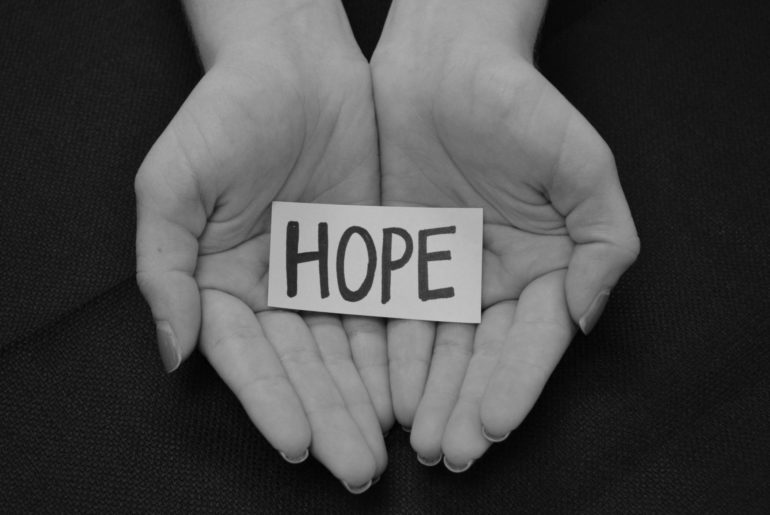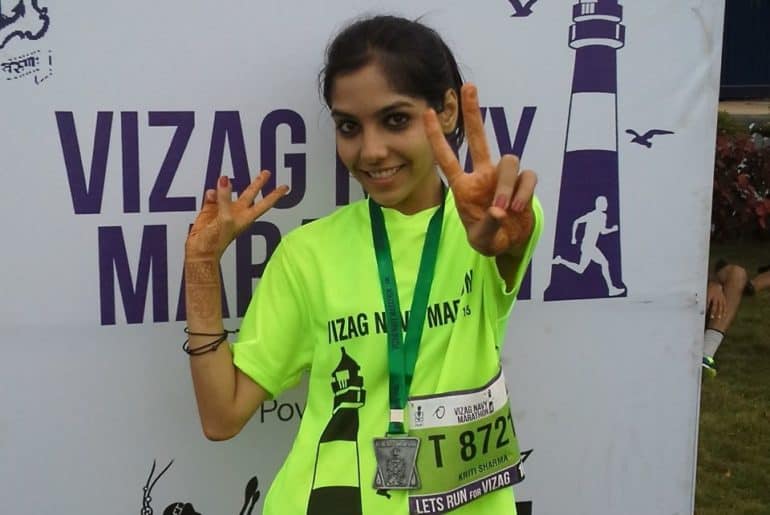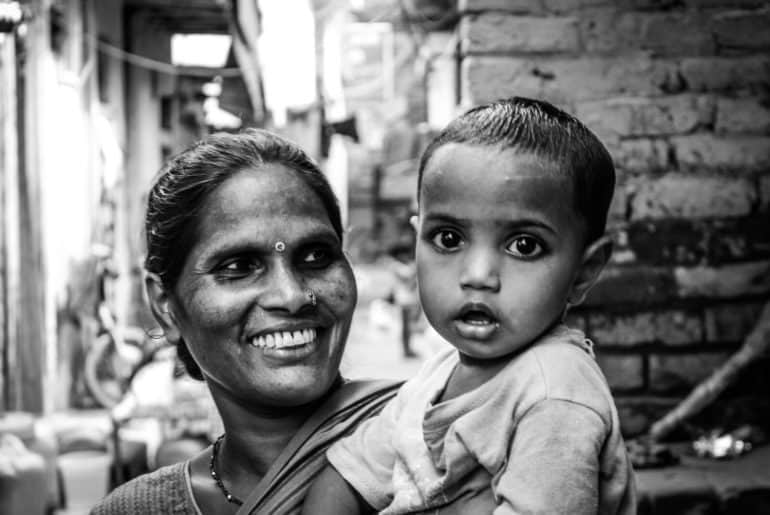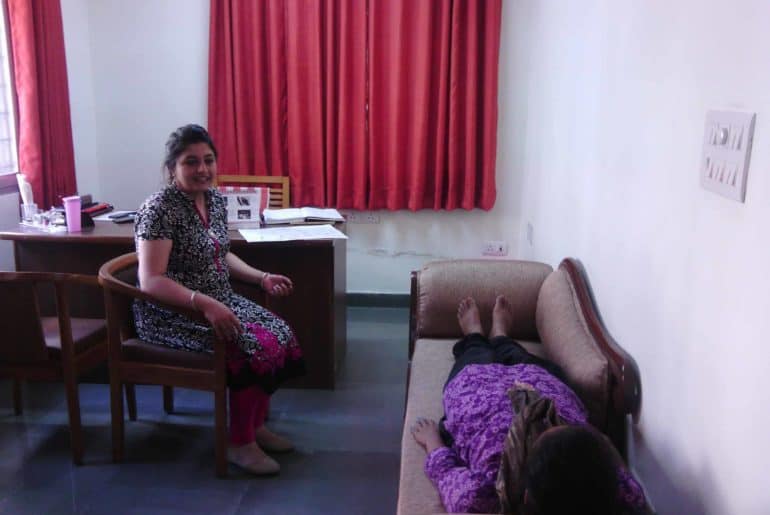In a recent study, it was proved that hope protects our brain from anxiety and expands our understanding.
Hope is defined as a feeling of expectation and desire for a particular thing to happen. It has been a stimulator, a motivator, and at times, the only positive force left in us when we are going through our bad times. Just like any other feeling, hope is intangible and unseen, yet it has been ever-present in us. And its presence has finally been identified by science.
In a recent study, Chinese psychologists found out that hope protects our brain from anxiety and expands our understanding of things that are happening as reported by Big Think. Defining hope as an important term in positive psychology, scientists conducted a survey on 231 students and found out that hope trait was related to the brain region that is involved in the reward-related procession, motivation production, and goal-oriented behaviour. “ Overall, this study provides the first evidence for functional brain substrates underlying trait hope and reveals a potential mechanism that trait hope mediates the protective role of spontaneous brain activity against anxiety” the researchers quoted as per the website.
Anxiety has long been the cause of our mental struggles. Anxiety disorder, obsessive compulsive disorder, hypertension, and so much more, it is anxiety that has aided these diseases. Not necessarily as a disease, but people suffer from anxiety in various situations. In all those times when we were helpless, when we could feel that chill down our spine, when our mind was contemplating scenarios we feared to face, or creating illusions that demoralised us – we hoped. We simply sat there and hoped that things would be fine. We hoped that we would not have to endure the trauma, the stress, the pain, or the anxiety for long. We hoped that someone, somewhere, somehow could save us from all that was happening, or was about to happen.
Turns out, we were “the one” we were looking for, and hope was “the how” that protected our brain. The positive force that we clung on to in anonymity was actually helping us survive our mental battles and shielding us from all the negative forces trying to let us down. Science recognising hope as the protective force justifies all the endurance that we made all this while. This study proves that being hopeful protects our brain from harmful thoughts. It proves that we have a positive force within us that helps us combat all the negativity and gives us the strength to keep going. We should take this research as a benchmark and be ready to face whatever comes our way for all of us know that we have what it takes to wade through deep waters.
Feature Image Credits: ThinkingWords
Karan Singhania
[email protected]







